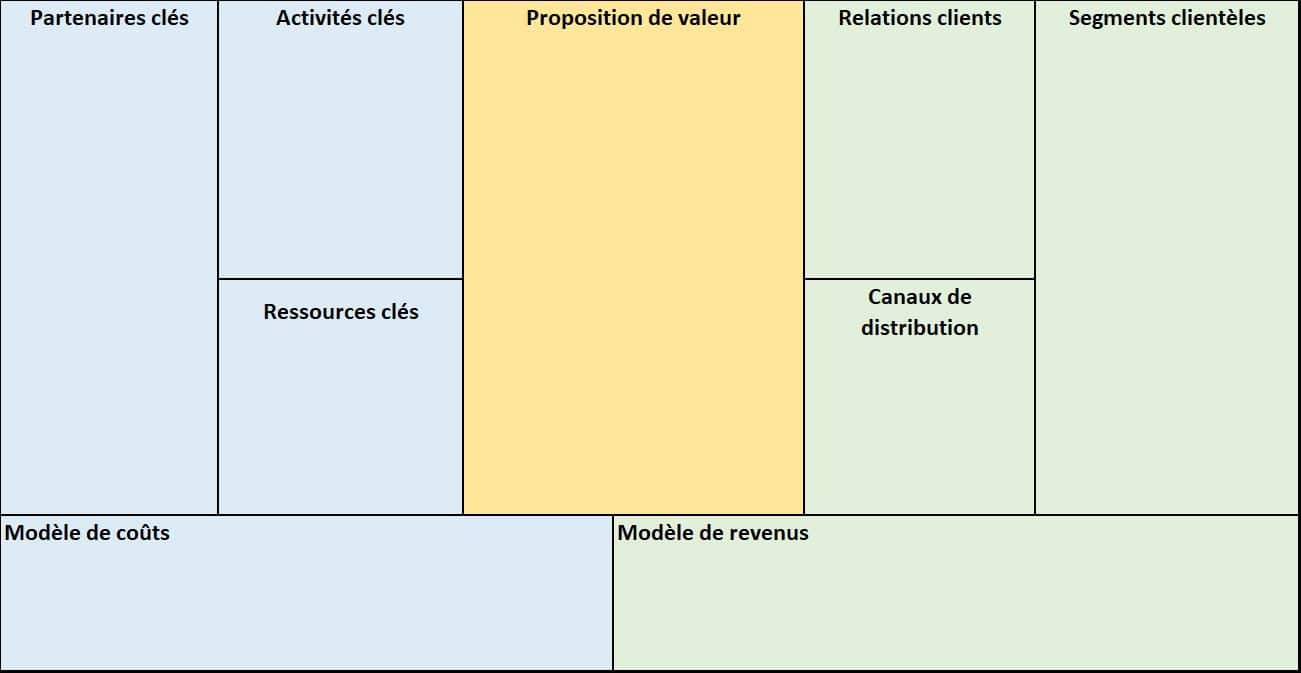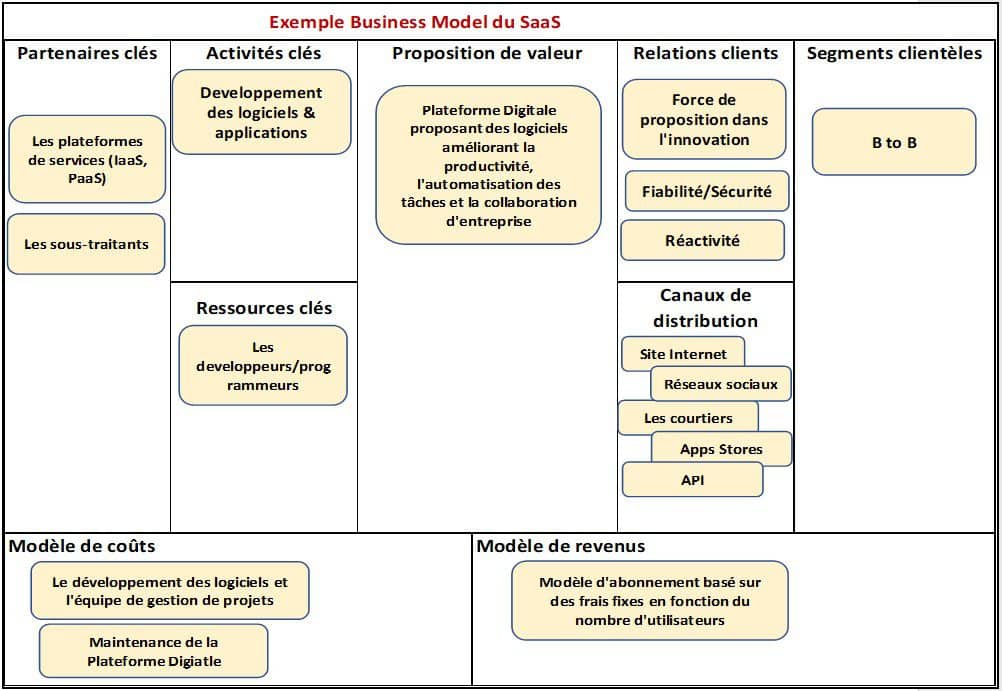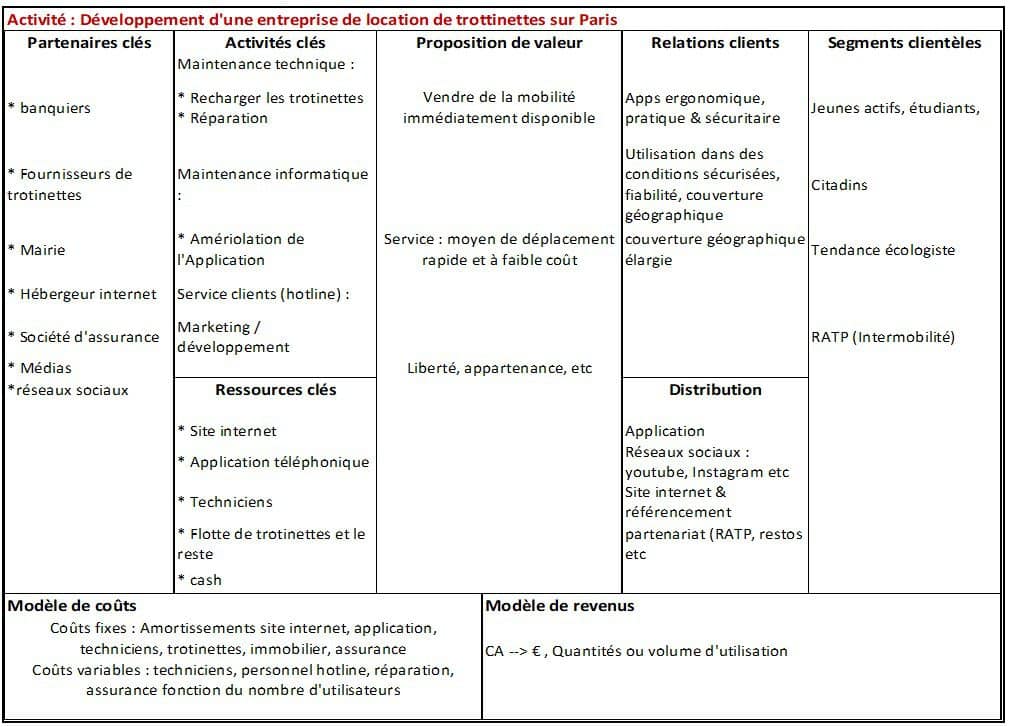A fundamental element of corporate strategy, the business model describes how your company will create value. In simple terms, how it will make money. This means defining your business in terms of its offering, its customers, its distribution channels, and also the expenditure and revenue generated. Our expert, Éric Strouk, explains how and with what tools you can define a business model.

Two terms are commonly used to define a business model: business model and economic model.
A business model explains or describes the efficiency or originality of a company whose main objective is to generate profit by optimising its resources and clearly differentiating itself from the competition. In short, it is the concrete translation of the value creation process.
A business model is therefore just as useful for a company founder to define his entrepreneurial project as it is for the manager of an existing company to guide a strategic direction.
You still need to know how to describe your business model, particularly when presenting it to investors or partners. Several attempts have been made to formalise this. But there is only one that has achieved consensus in the business world: the business model canvas. Simple, clear and explicit, this graphic representation in the form of a table is now part of the essential toolbox of every company director.
The business plan is also part of this toolbox. But be careful not to confuse the business model with the business plan! However, the two are intimately linked: the business plan includes the business model, which is the essential part, the keystone.
The different uses of a business model
Describe your company's business model
There is no doubt that the main reason for using it is to formalise a company's business model, usually its own. A brainstorming approach helps to reveal or clarify the grey areas in your own business. Or at least to put into perspective the importance or weighting you attach to your company's activities.
A means of communication
Another use of the business model is as a means of communication. Communicating with your staff about how the company is organised and what is possible, using a common language that is both concise and visual.
The business model is also used to communicate with potential investors. It's a direct, to-the-point method of communication that focuses on the nodal points of a business whose primary objective is to make decisions quickly and well. Admittedly, 'fast and well' may seem antithetical, but ultimately, the acceleration of societal change brought about by digital technology is pushing us in this direction.
The business model as a source of innovation
A third way is to regularly revisit the company's business model as part of a creative or innovative process. This analytical exercise is constrained by the intensity of competition, itself generated by the pressure of ever-increasing technological progress.
The business model with a view to the future
A final approach, based more on foresight, explores possible developments (environments, markets, competition, etc.). It is used to define different scenarios in order to anticipate them. This strategic intelligence enables us to be ready when the opportunity arises. To quote Winston Churchill: "Plans are unimportant, planning is fundamental".
The business model canvas in practice
We had to wait until 2010 and the book Business model - New generation by Alexander Osterwalder and Yves Pigneur to formalise a simple and effective way of reading a company's economic model. Taught in all business schools and universities, this method is recognised worldwide.
The business model canvas has been designed to fit on an A4 sheet of paper. It takes the form of a table of nine boxes grouped into three parts (see diagram below):
- the value proposition (in yellow, in the centre): your offer (products, services)
- the economic equation (in blue on the left): key partners, key activities, key resources (material, immaterial, human and financial resources), cost models (variable and fixed costs).
- value architecture (in green, on the right): customer relationships, customer segments, distribution channels, revenue models (income generated by the business)

A few examples
A new business model can be emulated if it is successful. In the 1950s, for example, McDonald's revolutionised the restaurant model by creating fast food.
What is less well known, and what may seem completely counter-intuitive, is that the majority of McDonald's margins are generated by income from leasing the company's premises to its various franchisees around the world, and not by the sale of fast food. It is essential to clarify this business model in order to extract maximum value from it.
In the 1960s, Toyota overturned the industrial model. Its production system was based on concepts that are still fashionable today, such as the lean manufacturingJust-in-time, quality circle, etc. Closer to home, Amazon and Netflix have also developed disruptive business models.
The same business model can be applied to different companies if they change one of the following parameters of their framework, such as their value proposition and the product sold. The best-known business models include direct sales companies, franchises and companies that cut out the middleman, such as Uber.
Let's take the example of the software as a service (SaaS) business model for companies that provide web applications on a subscription basis. This is the case for Adobe, Microsoft, Salesforce, Slack, Mailchimp, etc. Here's what their business model canvas looks like.

Here's a less generic example of a business model canvas applied to a scooter hire company in Paris.

The business model canvas has revolutionised the way in which a company's business model is formalised, mainly through its simplification. Used when setting up a new business or to test the feasibility of a project, this matrix aligns the company's project with its internal resources and external environment. It allows you to revisit your constantly changing business model. Although it does not replace market research, the business model canvas is now part of the essential strategic analysis toolbox for managers, alongside the SWOT, BCG and Porter's strengths matrices.


